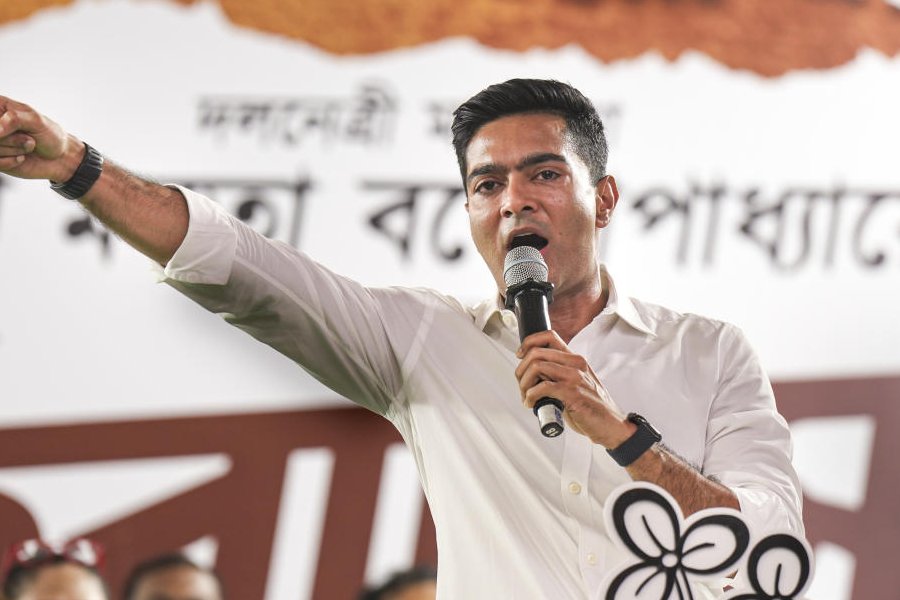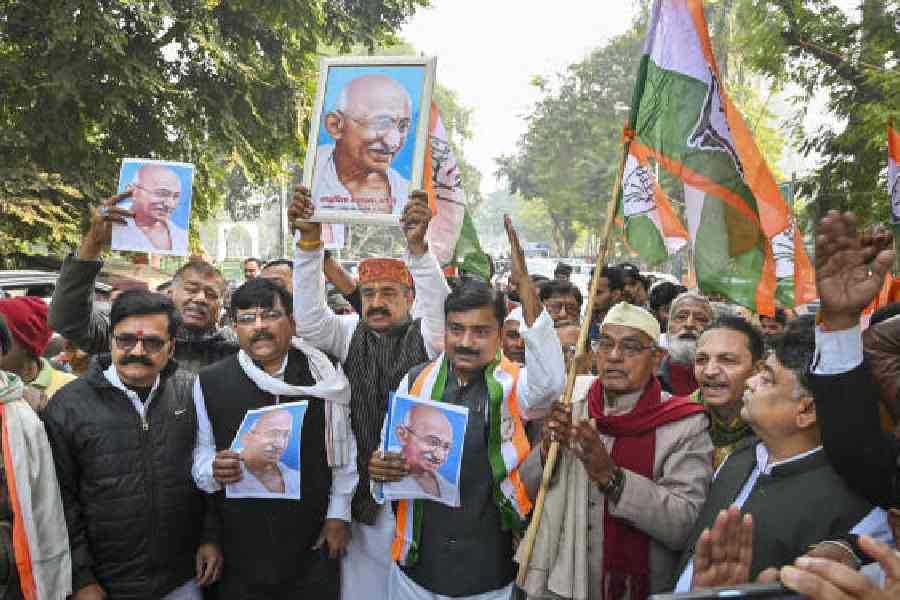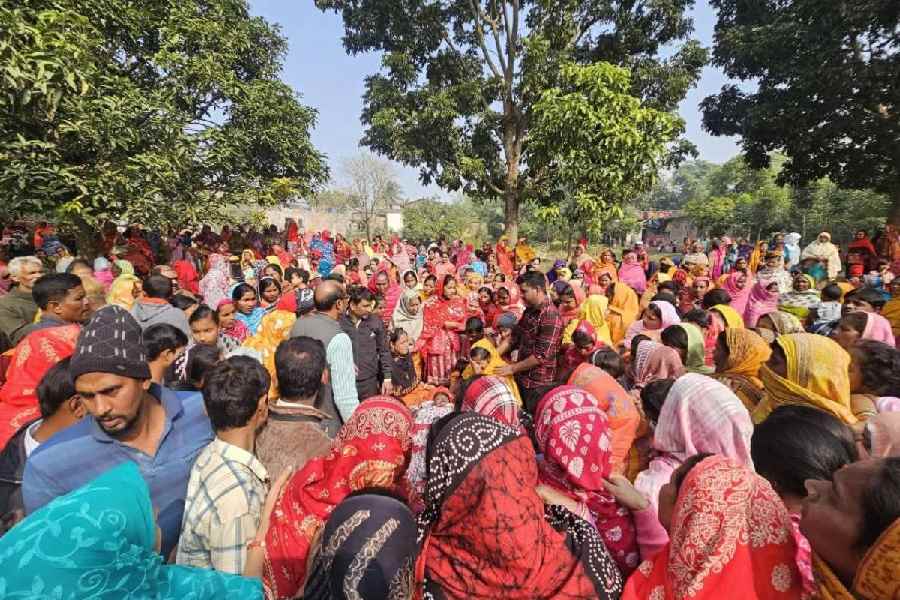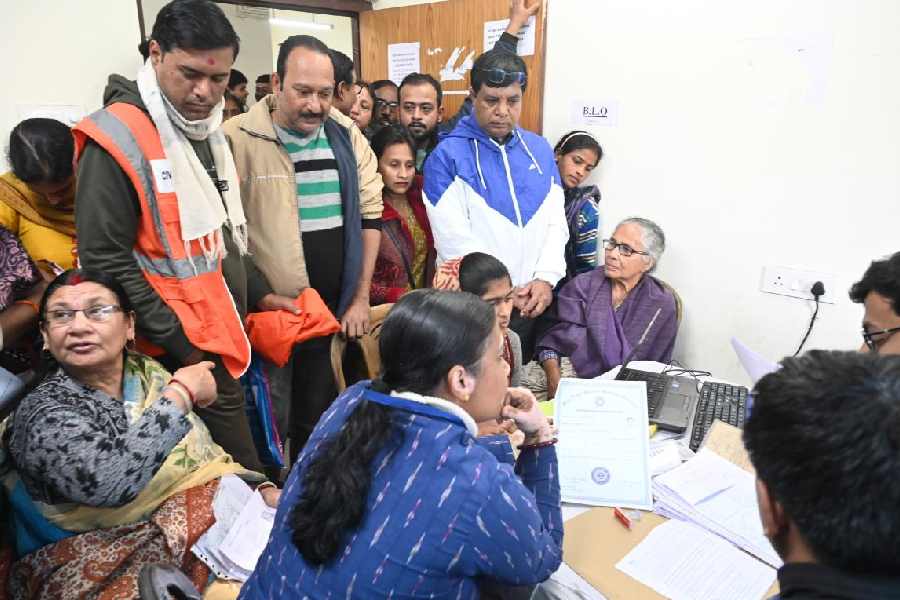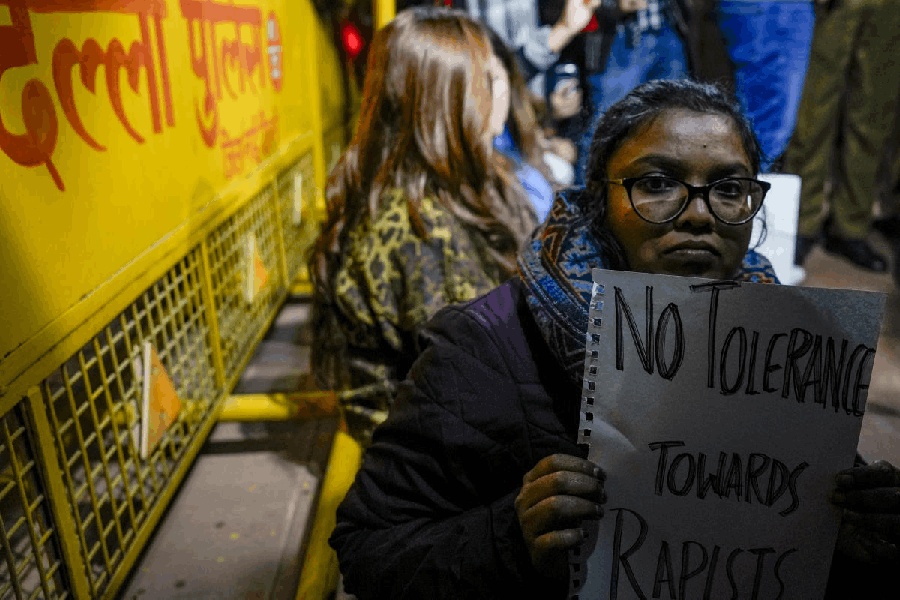New Delhi, Oct. 11: Prime Minister Narendra Modi today launched a village-development scheme that would see members of Parliament adopt one each and turn it around with funds from multiple sources before the chosen gram panchayat becomes a “bottom-to-top” model for others.
Some social activists, however, pointed out that the Saansad Adarsh Gram Yojana lacked a plan to create public awareness and was dependent on coordination between multiple agencies.
But Modi exuded confidence. “The aim is to facilitate a bottom-to-top approach,” he said, adding the scheme would be “demand-driven, not supply-driven”. “The villagers will decide their development needs.”
According to the scheme, every MP would adopt a gram panchayat and develop it as a model for other villages. While Lok Sabha MPs can adopt a panchayat within their constituencies, Rajya Sabha members can adopt any within the state they represent. A village must have a population between 3,000 and 5,000 in the plains and between 1,000 and 3,000 in hilly areas.
The lawmakers cannot select their own village or those of their in-laws, Modi said.
Agriculture, health, education, sanitation, environment and livelihood will be covered.
The selected panchayats will get priority for developing infrastructure under existing schemes like the National Health Mission, the universal education programme Sarva Shiksha Abhiyan, the Mahatma Gandhi National Rural Employment Guarantee Act, Integrated Child Development Programme, the Swachh Bharat Abhiyan and other schemes. If there is a funds crunch, MPs can meet the deficit from their local area development (MPLAD) funds.
The plan envisages a model village, with schools that have toilets, computers, libraries and laboratories; basic health facilities for complete immunisation, gym and yoga centres; household toilets for all; and facilities for solid and liquid waste management.
Health volunteers would visit every house to promote personal hygiene. The panchayats will hold meetings on issues related to development, women and children. They can also host events to felicitate village elders. Villagers can distribute sweets in schools to celebrate achievements.
Modi said state governments could emulate the scheme by asking each MLA to adopt a panchayat.
Social activist Shekhar Singh said the success of the scheme — which provides for multi-layered monitoring, from the rural development ministry at the Centre to district-level monitoring by the MP — would depend on close coordination between the various departments concerned.
The UPA government had launched a similar programme — Provision of Urban Amenities in Rural Areas — but the results weren’t promising as there was hardly any coordination between the departments concerned, he said.
“Integrated schemes don’t work because the departments have vertical loyalty to the government but horizontal animosity towards each other. If the government can ensure proper coordination between the departments, the scheme may succeed,” Singh said.
Former National Advisory Council member N.C. Saxena said people’s participation and interest of the MPs were vital to the scheme’s success.
Sujatha Bhaskar, vice-president of the NGO All India Panchayat Parishad, a federation of panchayat institutions, said “concrete plans to train volunteers who can sensitise the gram sabha members” were needed.


